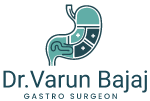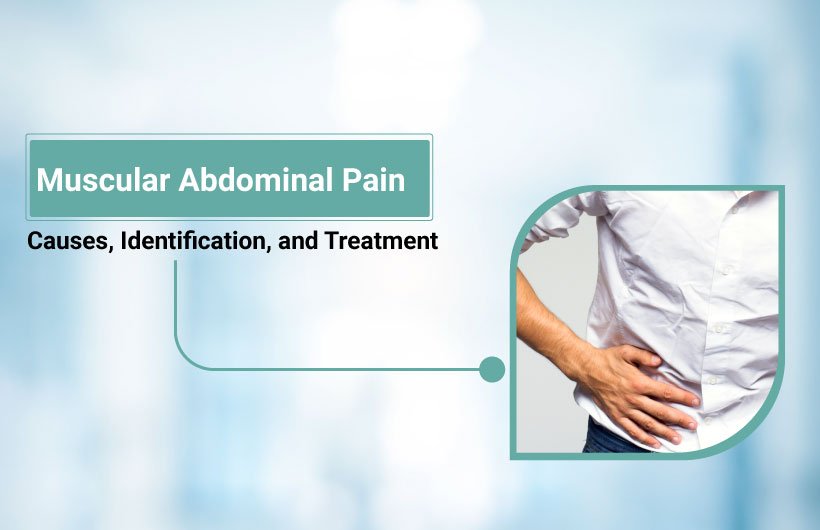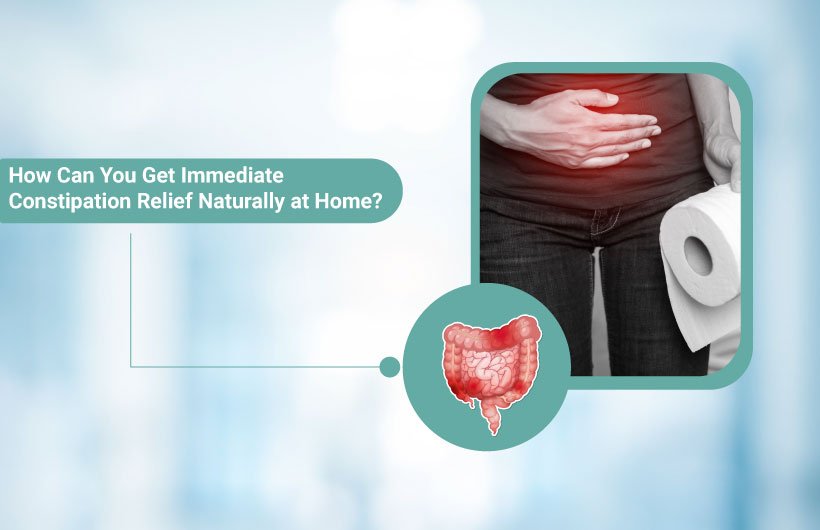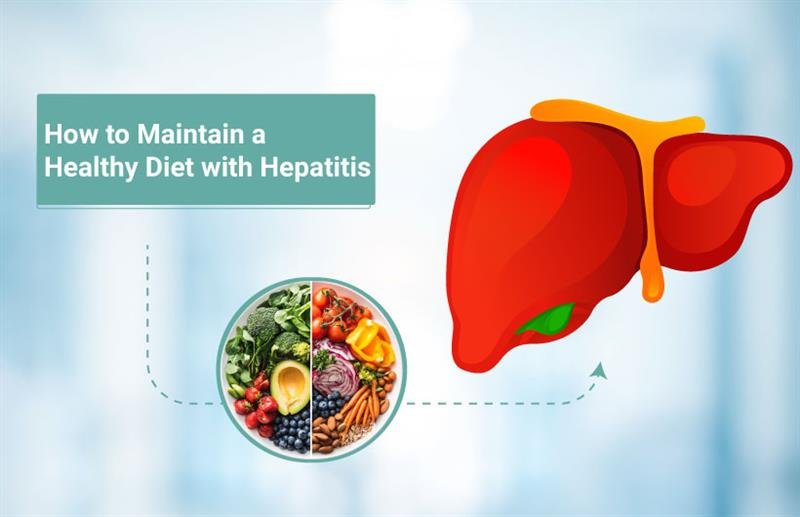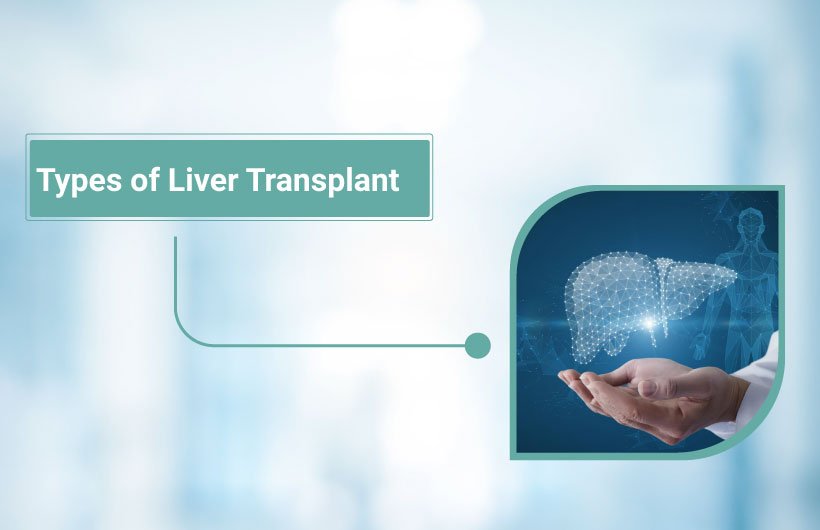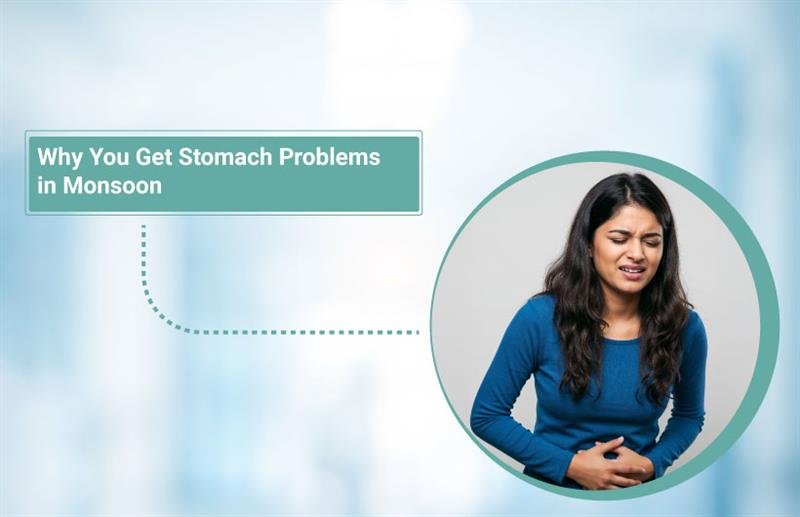When you feel pain in your tummy, it’s natural to think it might be related to your stomach or digestive system. However, in many cases, discomfort is due to muscle pain in the tummy, often caused by strain or overuse of the abdominal muscles. Understanding the difference between muscular and internal abdominal pain can help you manage the condition better and avoid unnecessary anxiety.
In this blog, Dr. Varun Bajaj, a liver and gastrointestinal specialist in Ahmedabad, explains the causes, identification, and treatment of muscular abdominal pain. Knowing when the pain is muscular in nature can save you from unnecessary tests and guide you toward the right treatment and prevention methods.
What is Muscular Abdominal Pain?
Muscular abdominal pain refers to discomfort originating from the muscles and soft tissues of the abdomen, rather than from internal organs like the stomach, intestines, or liver. This type of pain usually occurs in the abdominal wall and is often linked to a pulled stomach muscle or an abdominal muscle strain.
Patients often describe this pain as sharp or aching, and it tends to worsen with movement, coughing, or stretching. Unlike internal abdominal pain, which might come with nausea, vomiting, or changes in bowel habits, muscle pain in the tummy is typically localised and can often be reproduced by pressing on the affected area.
What Causes Muscle Pain in the Tummy?
There are several possible causes of abdominal muscle pain, ranging from simple overuse to more complex medical conditions. Let’s look at some of the most common ones.
- Abdominal Muscle Strain
An abdominal muscle strain happens when the muscle fibres in the abdomen are overstretched or torn. This often occurs during heavy lifting, intense workouts, or sudden twisting movements. It’s common among athletes, gym-goers, and even people who engage in strenuous physical labour. Symptoms include localised pain, muscle spasms, and tenderness when touched.
- Pulled Stomach Muscle
A pulled stomach muscle can occur due to sudden, forceful movements, excessive coughing, or incorrect posture while exercising. The pain may appear immediately or develop gradually. The affected area might feel sore or tight, and the pain tends to increase with bending or stretching.
- Anterior Cutaneous Nerve Entrapment Syndrome (ACNES)
Sometimes, the pain isn’t due to muscle strain but rather nerve entrapment within the abdominal wall. In ACNES, small nerves that pass through the abdominal muscles become trapped or compressed, leading to sharp, localised pain that worsens with movement or pressure.
- Rectus Sheath Hematoma
This condition occurs when small blood vessels rupture within the abdominal muscle sheath, leading to internal bleeding and swelling. It’s often caused by trauma, intense exercise, or prolonged coughing. Pain is typically severe and localised, sometimes accompanied by visible bruising or swelling.
- Side Stitch
A side stitch is a temporary, sharp pain felt on one side of the abdomen during physical activity such as running or swimming. It’s usually due to muscle fatigue or irritation of the diaphragm. Although harmless, it can be uncomfortable and may signal that your body needs rest or proper breathing techniques during exercise.
How Can You Identify Muscular Abdominal Pain?
Identifying whether your pain is muscular or internal can be challenging. However, some specific signs and assessments help clarify the source.
Physical Examination
A healthcare provider will begin by gently pressing on your abdomen to locate tender areas. If the pain increases when you tense your abdominal muscles or move, it is likely due to muscle strain in the abdomen rather than an internal organ problem.
Diagnostic Tests
If the pain persists or if there are other concerning symptoms, your doctor might recommend imaging tests such as an ultrasound or MRI to rule out internal injuries, hernias, or organ-related causes. These tests can confirm whether the issue is purely muscular or if further evaluation is needed.
Differentiating from Other Conditions
It’s essential to distinguish abdominal wall pain from conditions like hernias, appendicitis, or gastrointestinal infections. For example:
- Muscular pain usually worsens with movement or coughing.
- Internal pain is often accompanied by digestive symptoms such as nausea or bloating.
A proper medical evaluation by a specialist like Dr. Varun Bajaj can ensure accurate diagnosis and appropriate treatment.
How is Muscular Abdominal Pain Treated?
Once the diagnosis confirms muscular abdominal pain, the focus shifts to relieving discomfort and promoting healing. Treatment depends on the severity of the injury.
- Rest and Activity Modification
The first step in abdominal muscle pain treatment is rest. Avoid activities that worsen the pain, such as heavy lifting, twisting, or strenuous exercises. Gentle movements and maintaining good posture can help prevent stiffness during recovery.
- Cold and Heat Therapy
Applying an ice pack for 15–20 minutes several times a day in the first 48 hours helps reduce swelling and pain. After a couple of days, switching to a warm compress or heating pad can relax the muscles and improve blood flow for faster healing.
- Over-the-Counter Pain Relievers
Nonsteroidal anti-inflammatory drugs (NSAIDs), such as ibuprofen or naproxen, can help manage pain and inflammation. However, these should be taken as directed and avoided if you have stomach or kidney issues without consulting your doctor.
- Physical Therapy
If the pain persists, physical therapy can be beneficial. A therapist can guide you through stretching and strengthening exercises that target your abdominal muscles, improve flexibility, and prevent future injuries.
- Medical Intervention
Persistent or severe pain may require further medical attention. Dr. Varun Bajaj advises that if pain continues for more than a few weeks or if there are signs like bruising, swelling, or difficulty breathing, it’s important to consult a doctor. In rare cases, injections or minor surgical procedures might be needed for nerve entrapment or hematomas.
How to Prevent Muscular Abdominal Pain?
Prevention is always better than a cure. Incorporating healthy habits and body mechanics into your routine can reduce your risk of developing abdominal wall pain or a pulled stomach muscle.
- Warm-Up and Stretching: Before engaging in exercise or sports, always warm up your muscles with light cardio and gentle stretching. This increases blood flow and flexibility, reducing the chance of strain.
- Strengthening Exercises: Strengthening your core muscles, which include your abdomen, back, and pelvis, helps provide stability and support to your body. Exercises like planks, bridges, and controlled crunches can enhance muscle endurance and prevent future injuries.
- Proper Lifting Techniques: When lifting heavy objects, use your legs instead of your back or abdomen. Keep the object close to your body and avoid twisting while lifting to reduce strain on your abdominal muscles.
- Gradual Progression in Workouts: Avoid sudden increases in workout intensity. Gradually build your strength and endurance to give your muscles time to adapt to new physical demands.
When Should You Seek Medical Attention?
Most cases of muscle pain in the tummy heal within a few days or weeks with rest and home care. However, you should seek immediate medical attention if you experience:
- Severe or worsening pain that doesn’t improve with rest.
- Swelling, bruising, or visible lumps in the abdomen.
- Pain accompanied by fever, vomiting, or changes in bowel habits.
- Difficulty breathing or standing upright due to pain.
Ignoring persistent symptoms can lead to complications or mask more serious conditions. Always consult a specialist if in doubt.
Conclusion
Muscle pain in the tummy is often the result of an abdominal muscle strain, overuse, or minor injury. While it’s usually harmless, distinguishing it from internal abdominal conditions is crucial. With proper rest, care, and guidance, most people recover fully within a short time.
Dr. Varun Bajaj emphasises that understanding your body’s signals and adopting preventive measures like warming up, strengthening your core, and using proper techniques during physical activity can go a long way in maintaining abdominal health.
If you experience persistent or unexplained abdominal wall pain, don’t ignore it. Early evaluation and treatment can ensure a quick recovery and help you return to your daily activities without discomfort. Consult Now with Dr. Varun Bajaj to get personalized care and relief.
